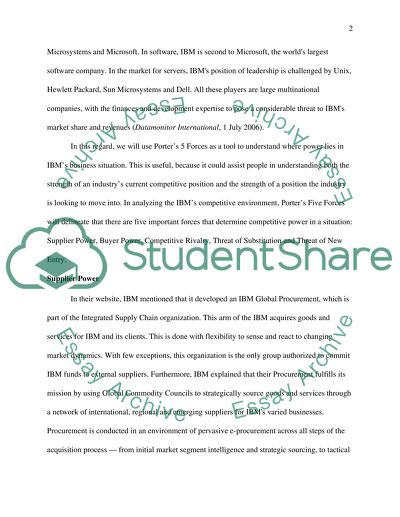Cite this document
(“Strategic analysis of IBM from 2000 to 2005 Essay”, n.d.)
Strategic analysis of IBM from 2000 to 2005 Essay. Retrieved from https://studentshare.org/miscellaneous/1520964-strategic-analysis-of-ibm-from-2000-to-2005
Strategic analysis of IBM from 2000 to 2005 Essay. Retrieved from https://studentshare.org/miscellaneous/1520964-strategic-analysis-of-ibm-from-2000-to-2005
(Strategic Analysis of IBM from 2000 to 2005 Essay)
Strategic Analysis of IBM from 2000 to 2005 Essay. https://studentshare.org/miscellaneous/1520964-strategic-analysis-of-ibm-from-2000-to-2005.
Strategic Analysis of IBM from 2000 to 2005 Essay. https://studentshare.org/miscellaneous/1520964-strategic-analysis-of-ibm-from-2000-to-2005.
“Strategic Analysis of IBM from 2000 to 2005 Essay”, n.d. https://studentshare.org/miscellaneous/1520964-strategic-analysis-of-ibm-from-2000-to-2005.


